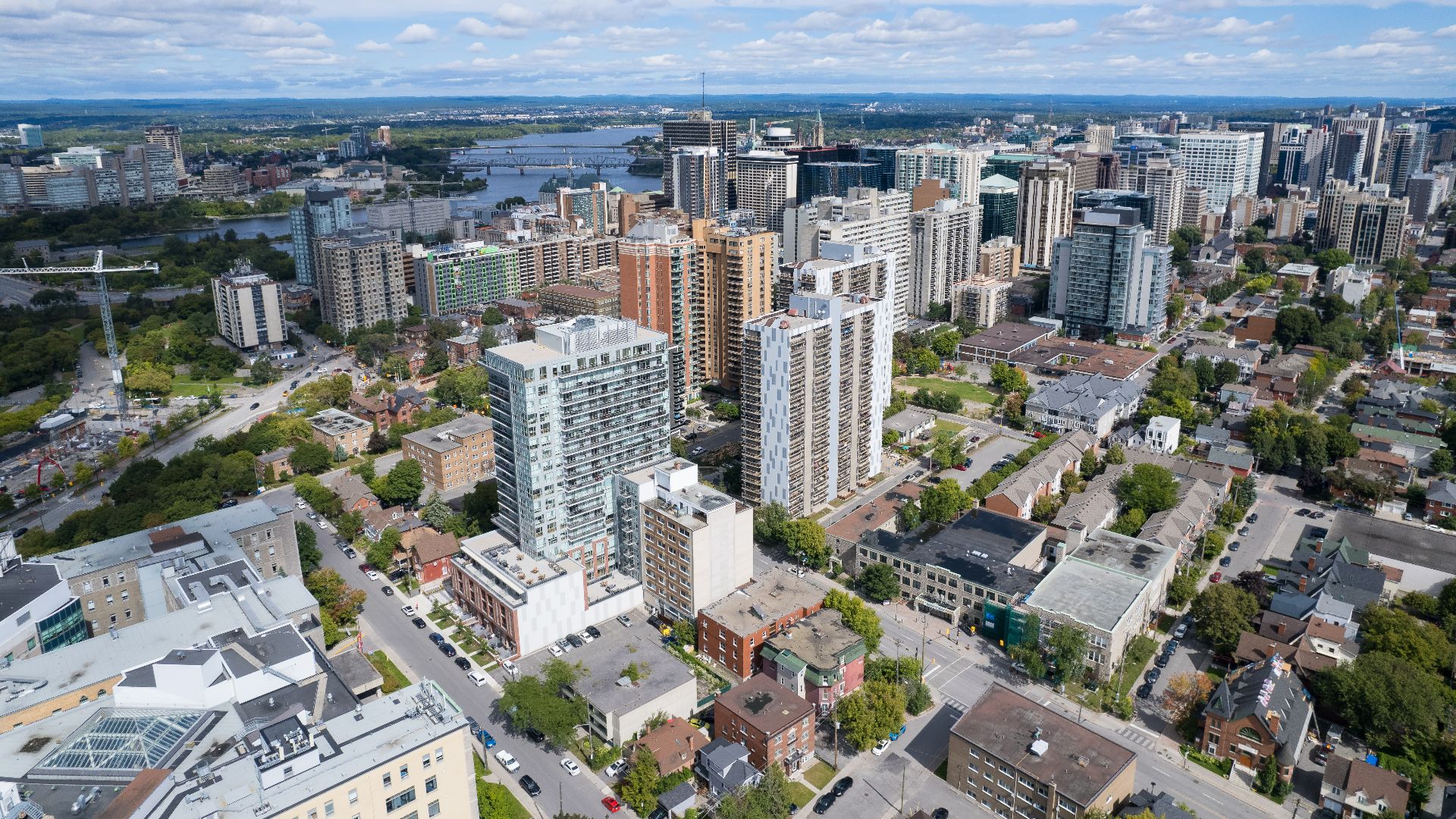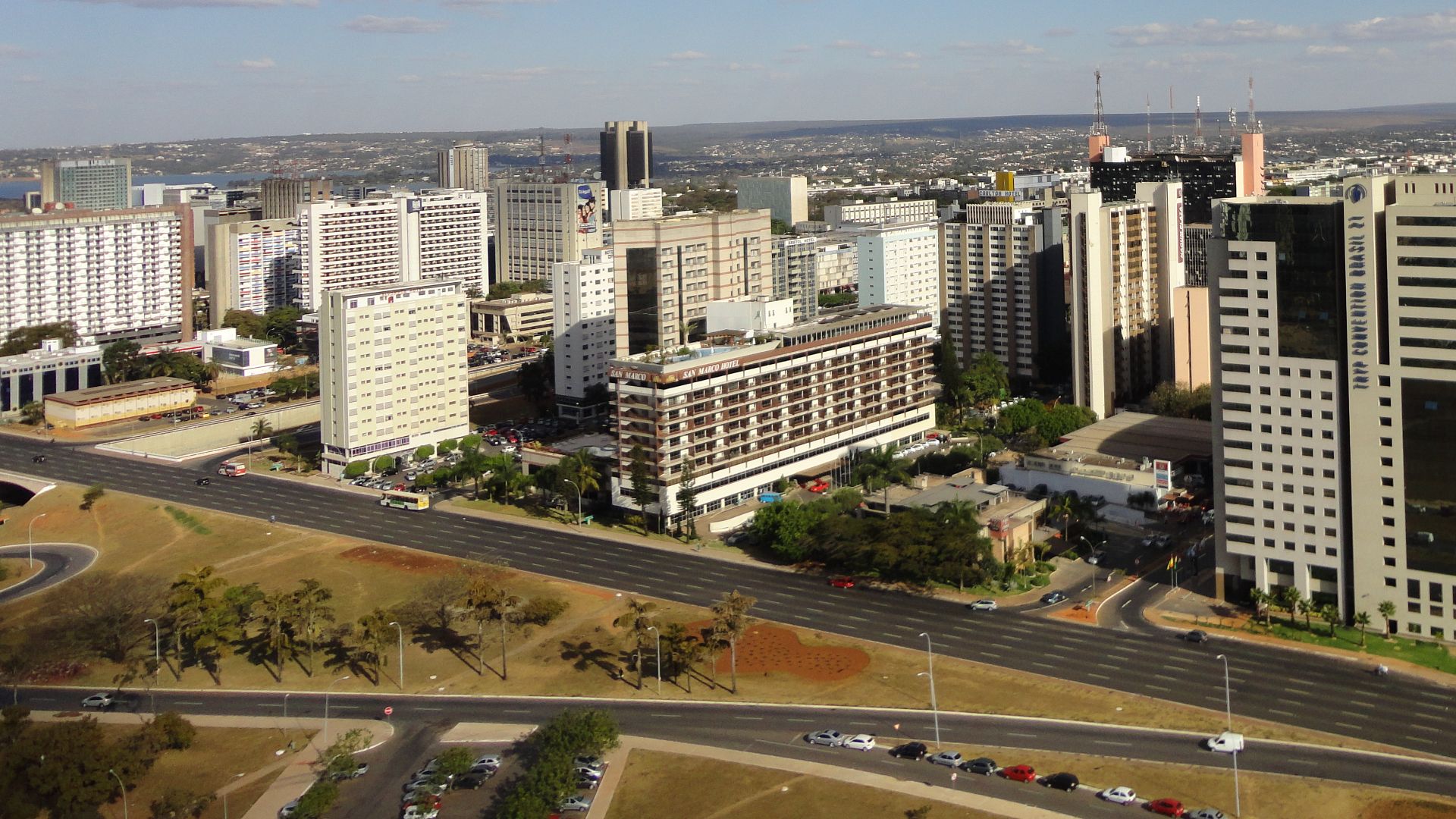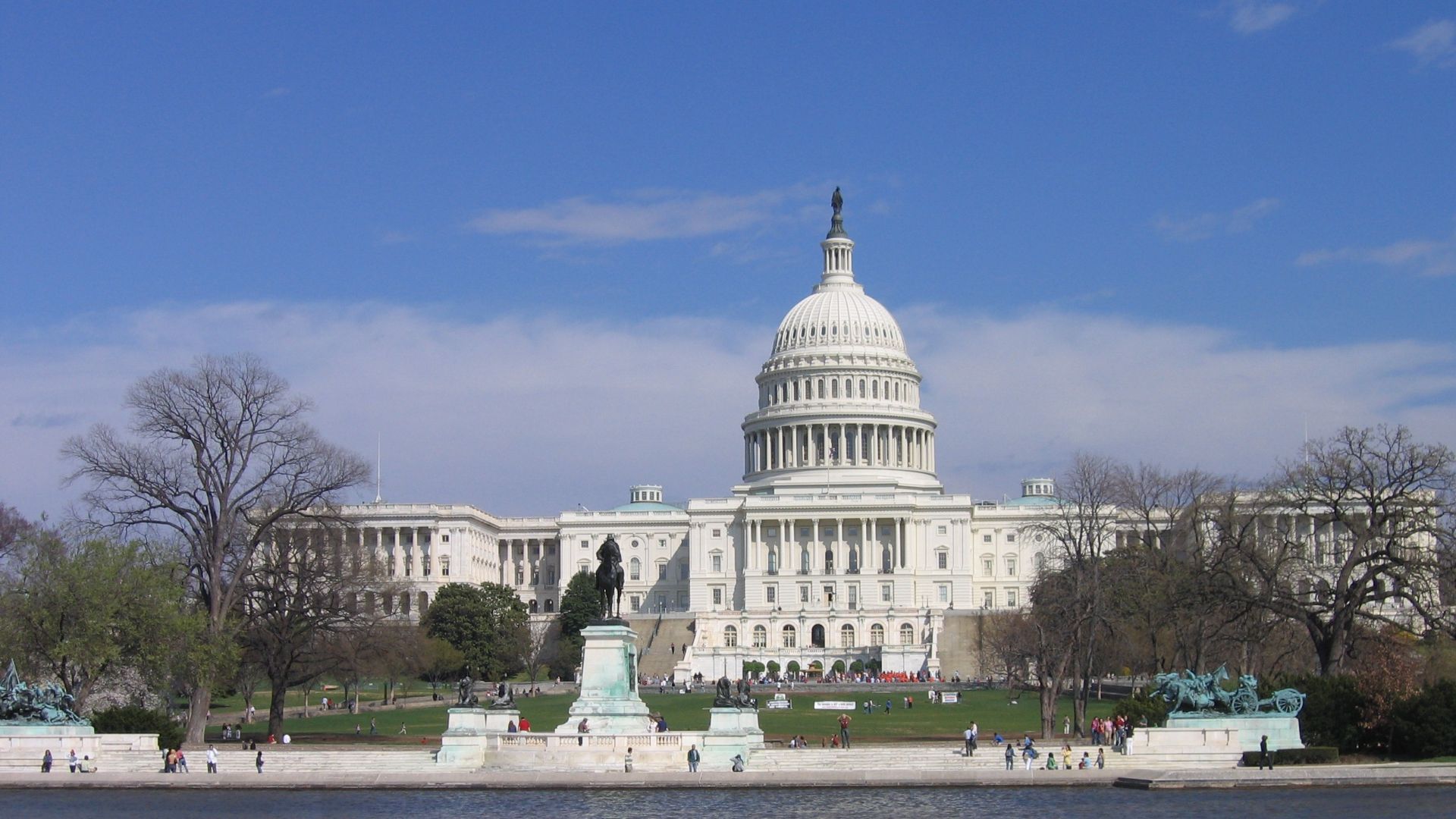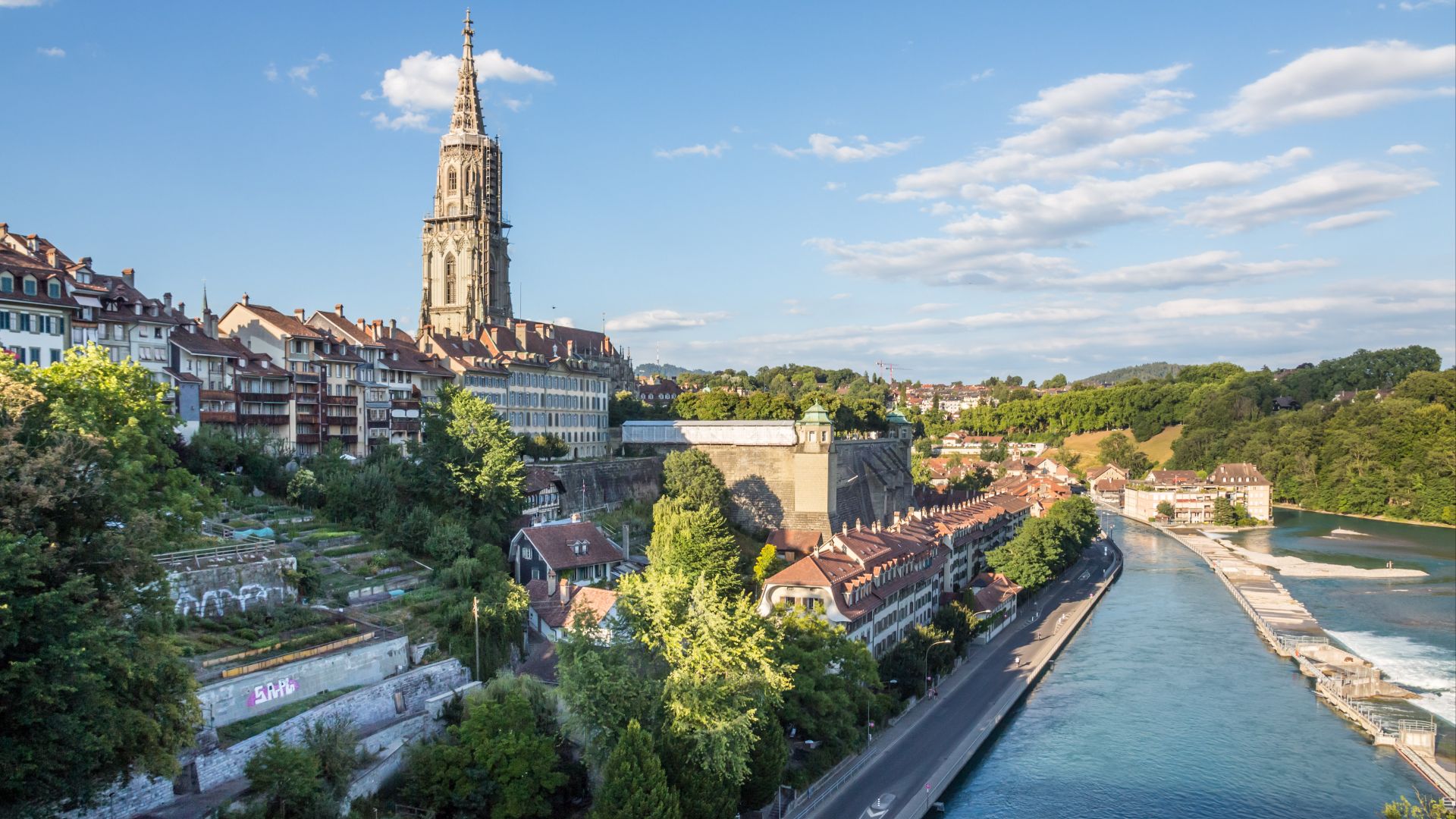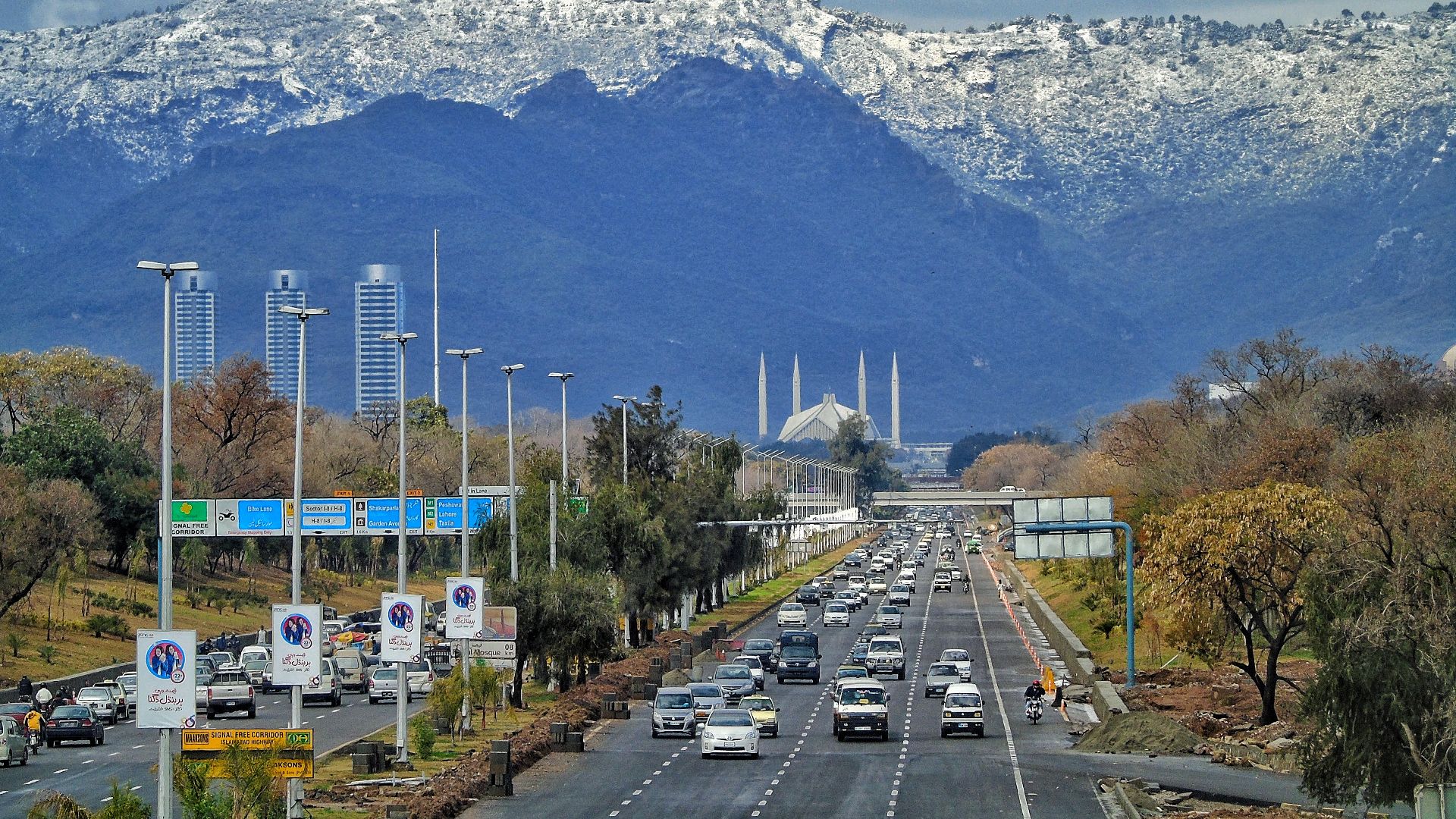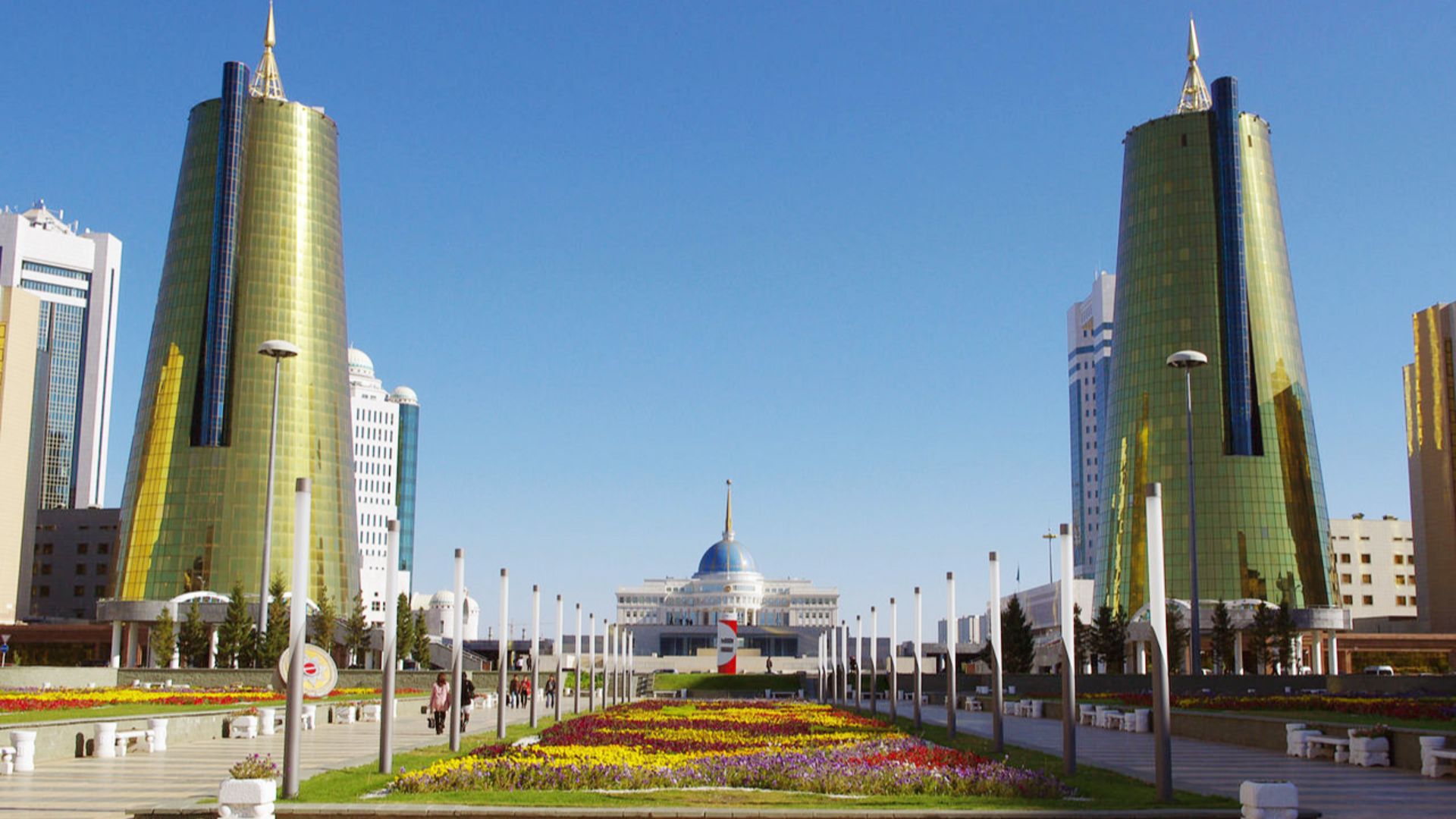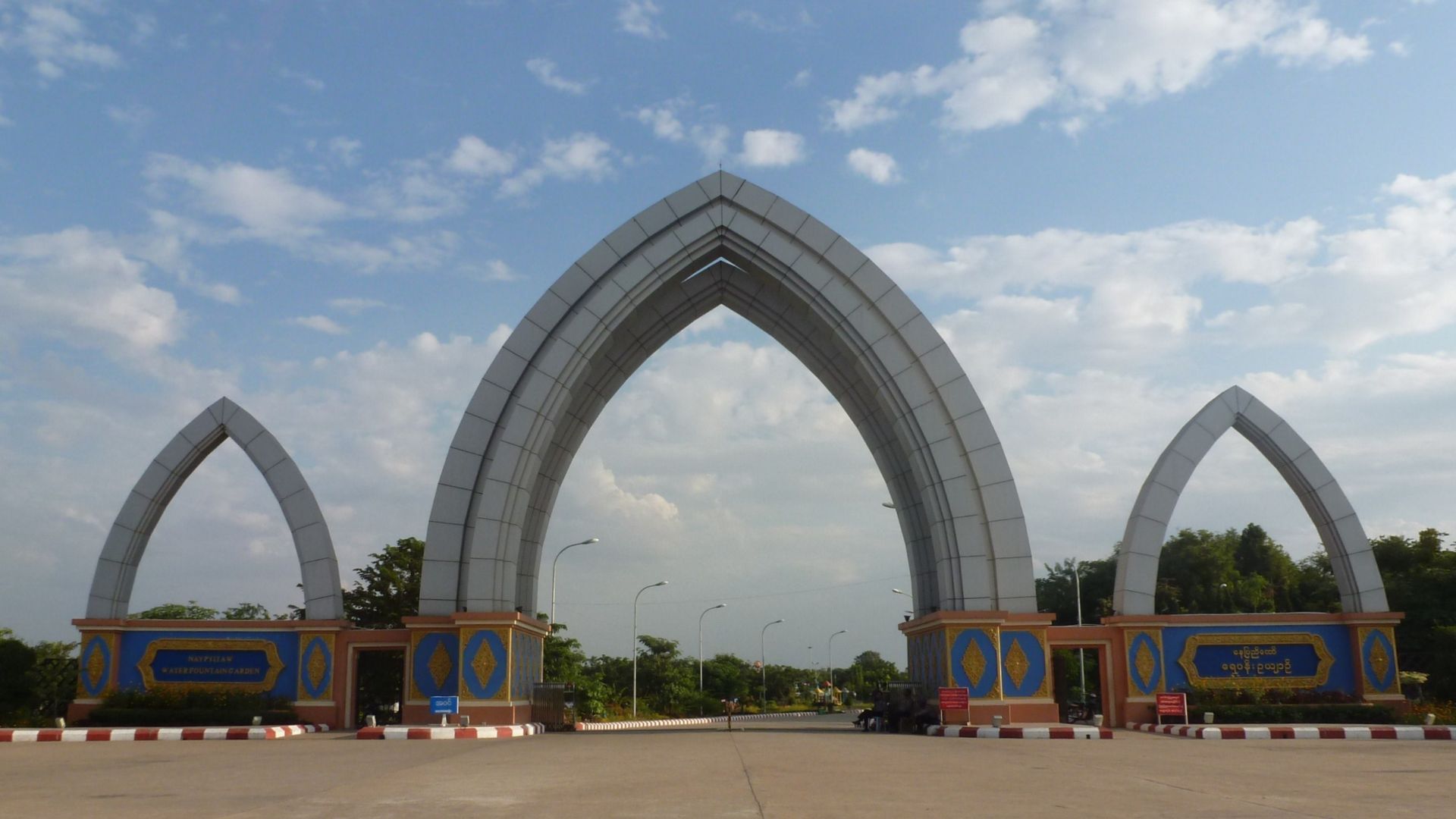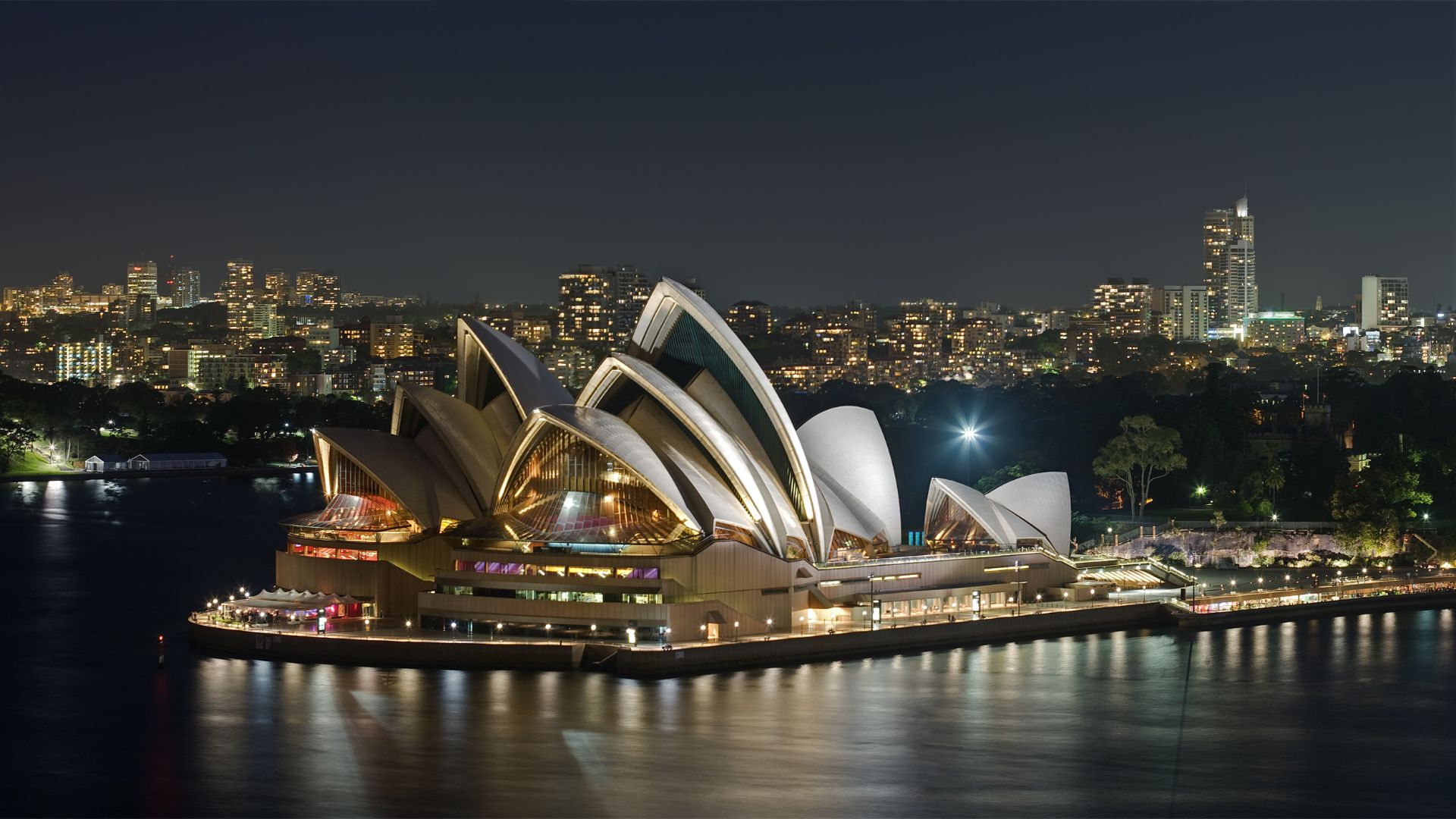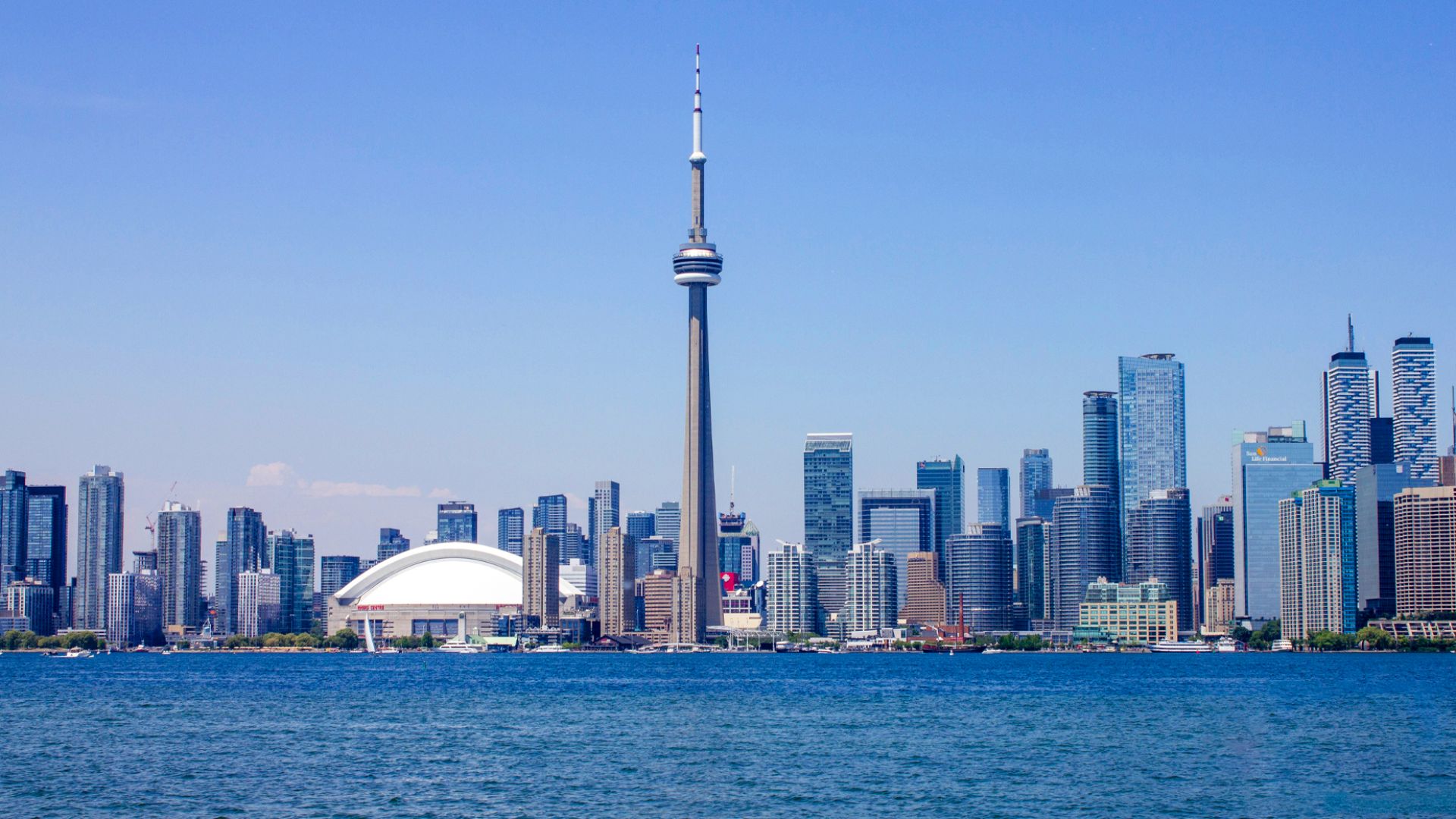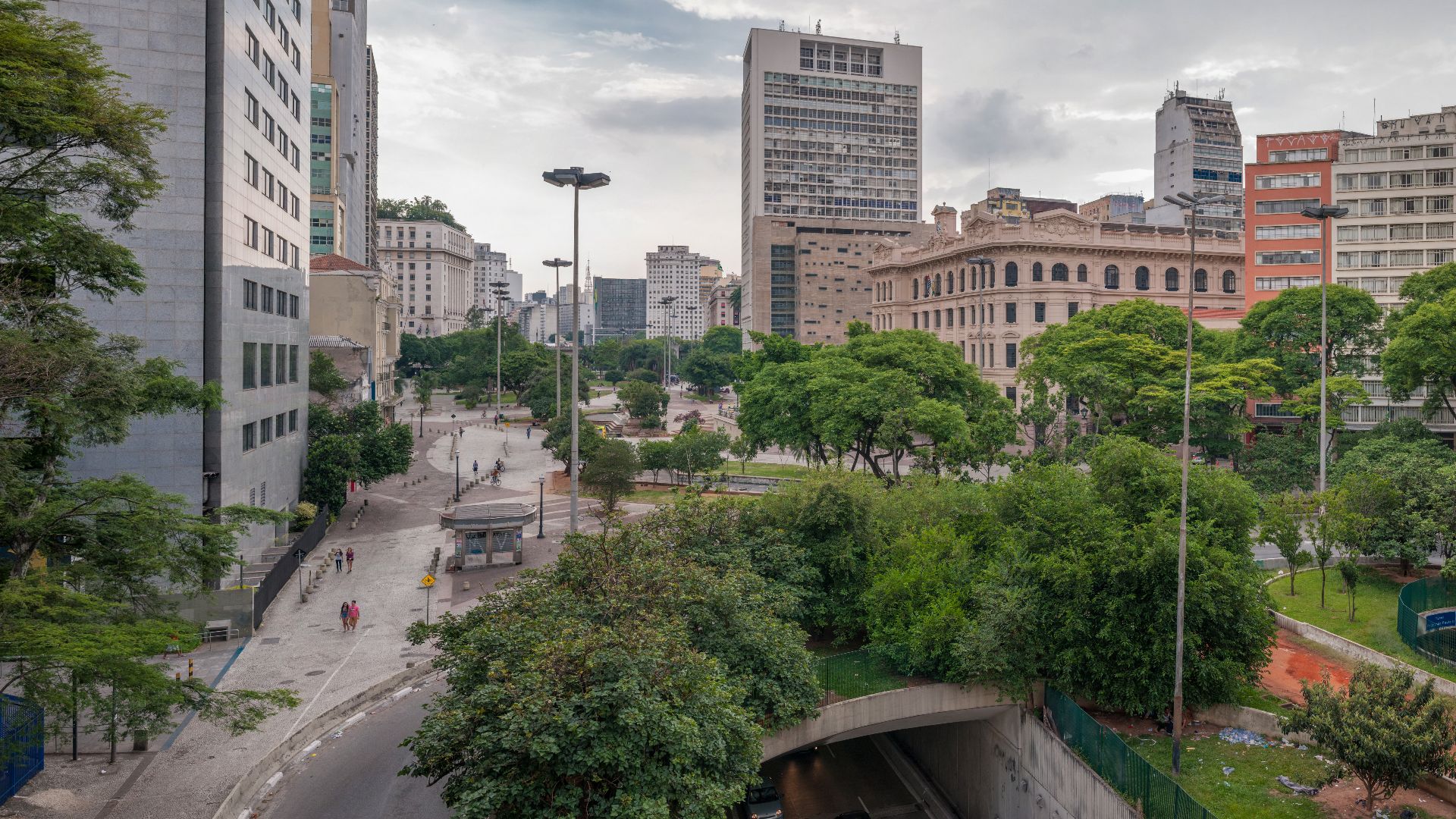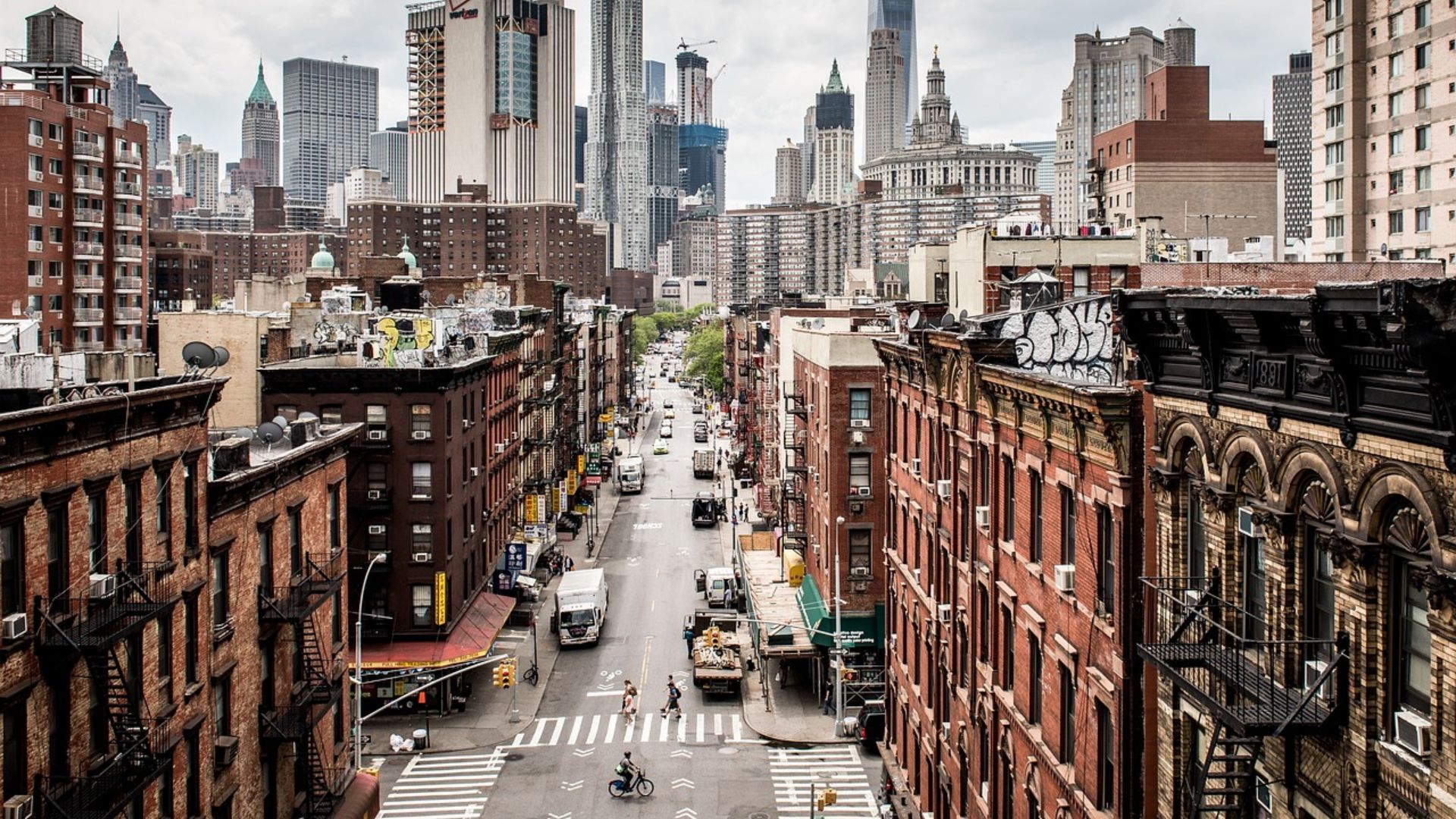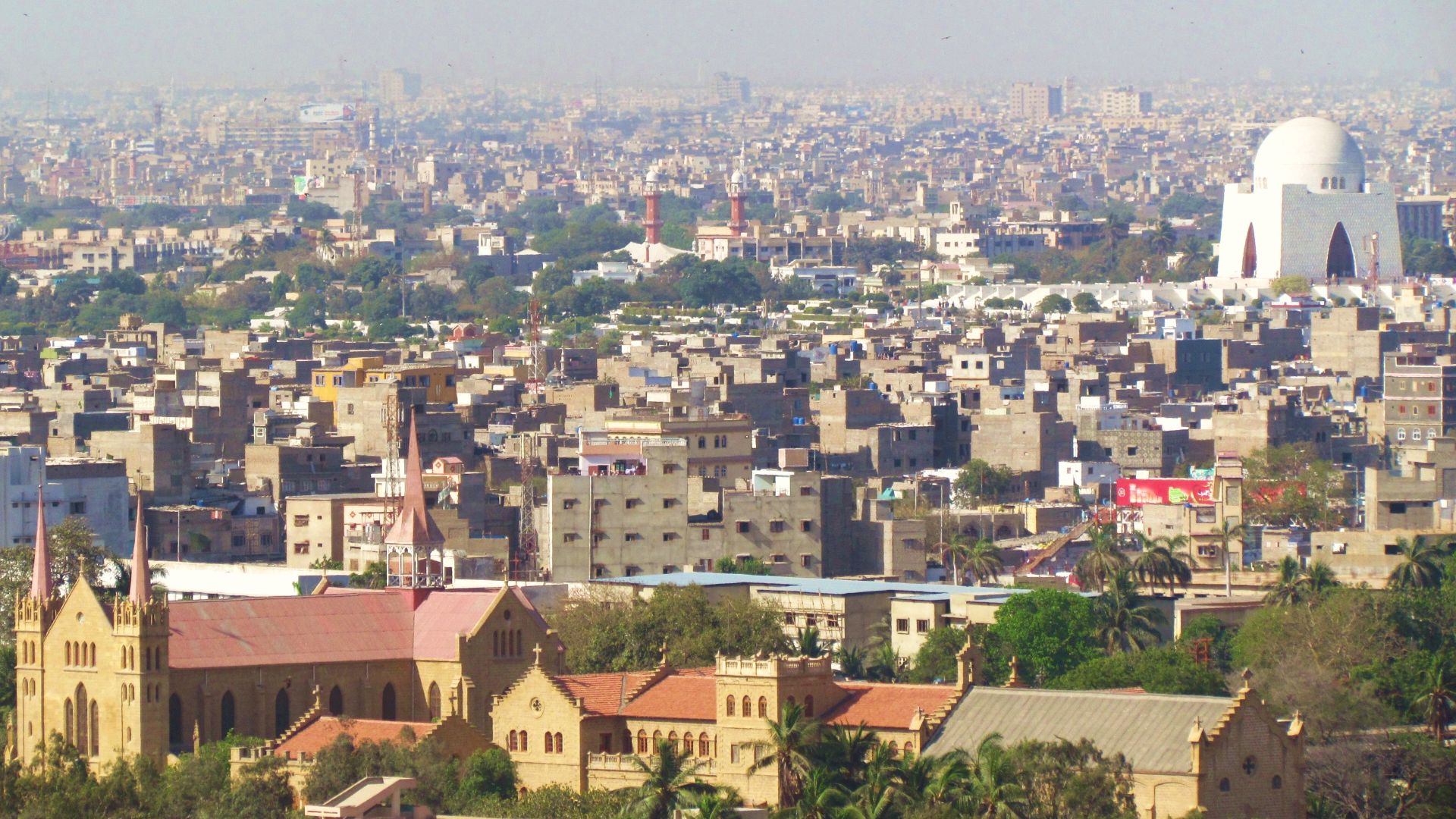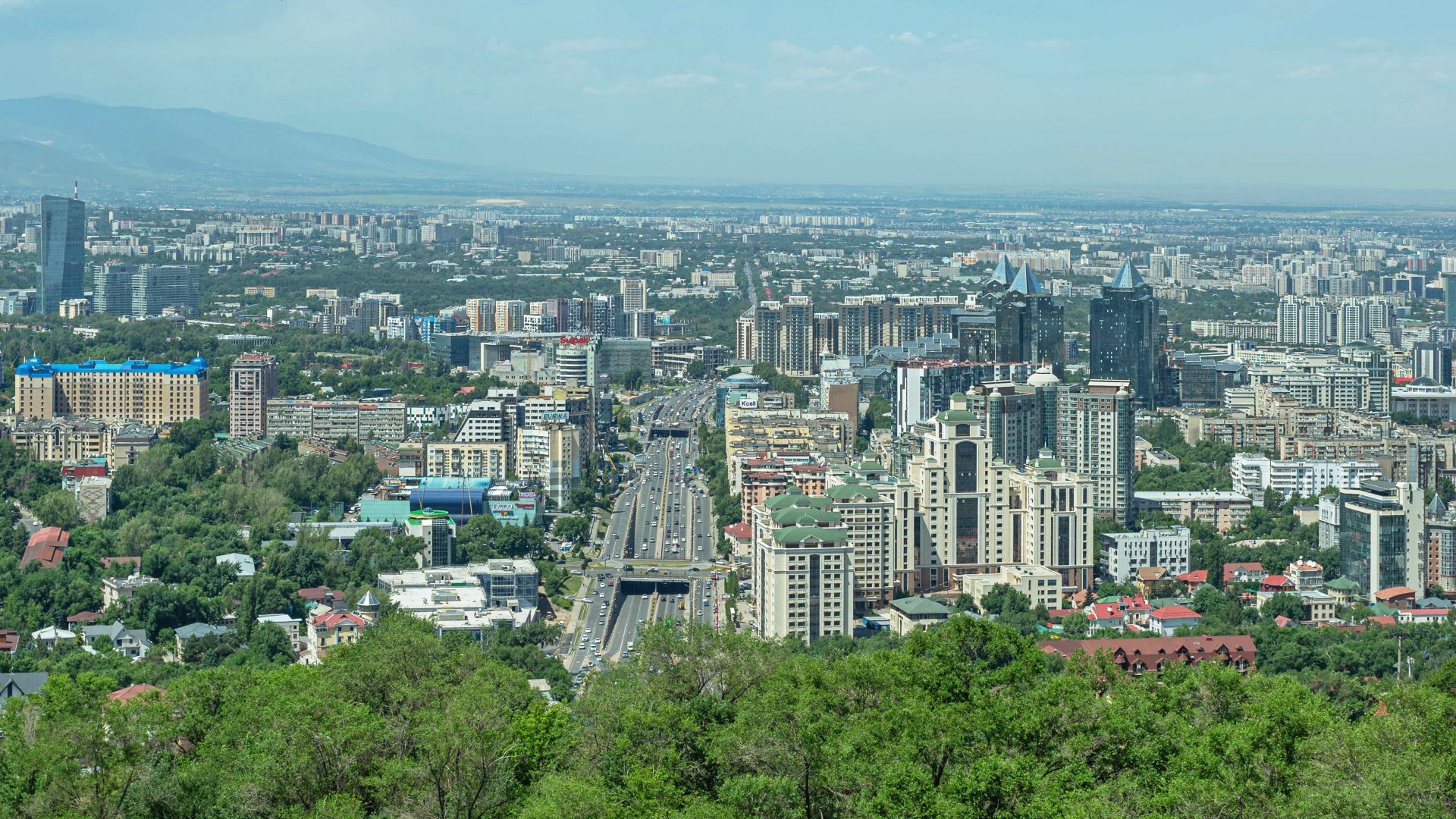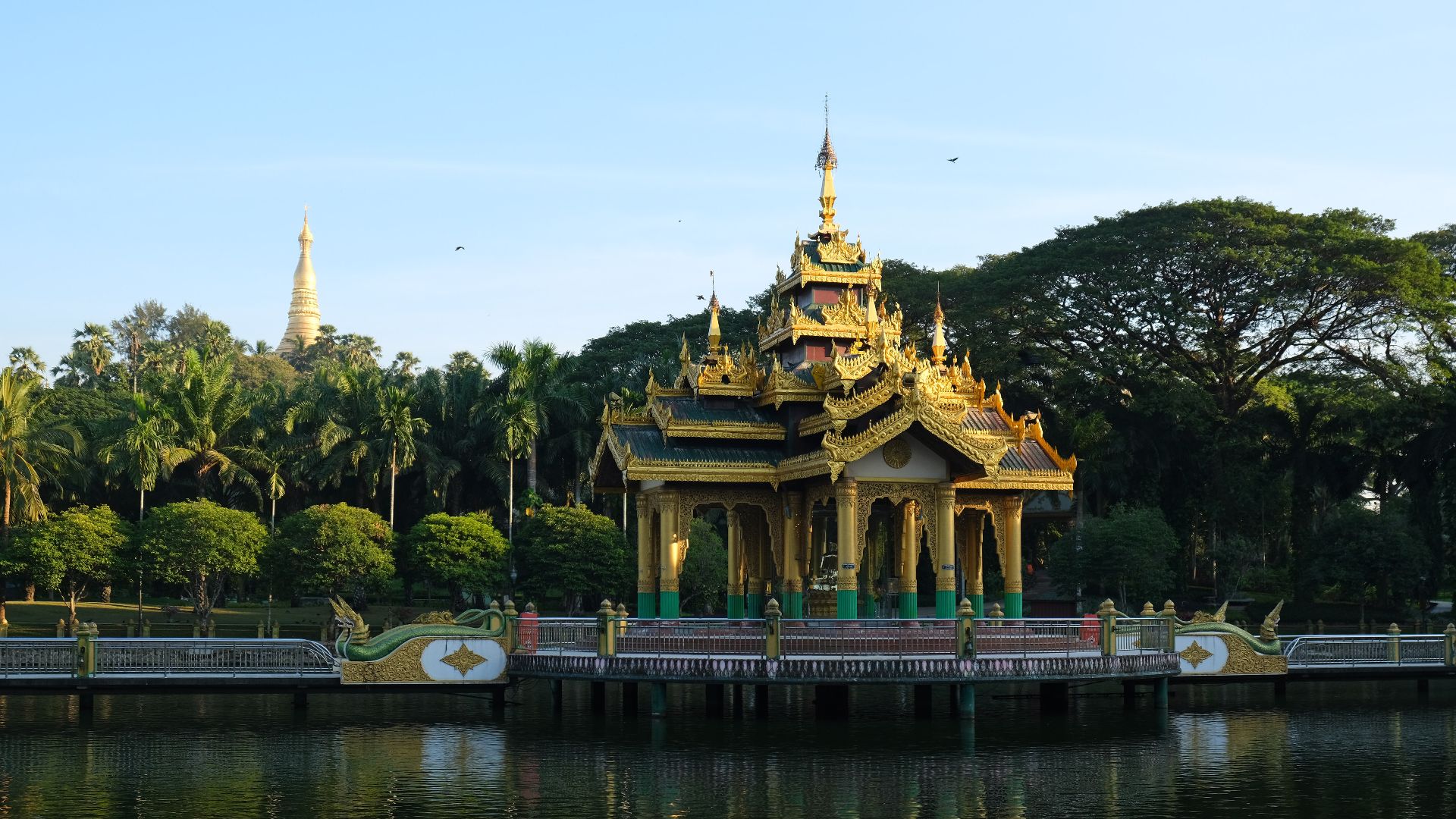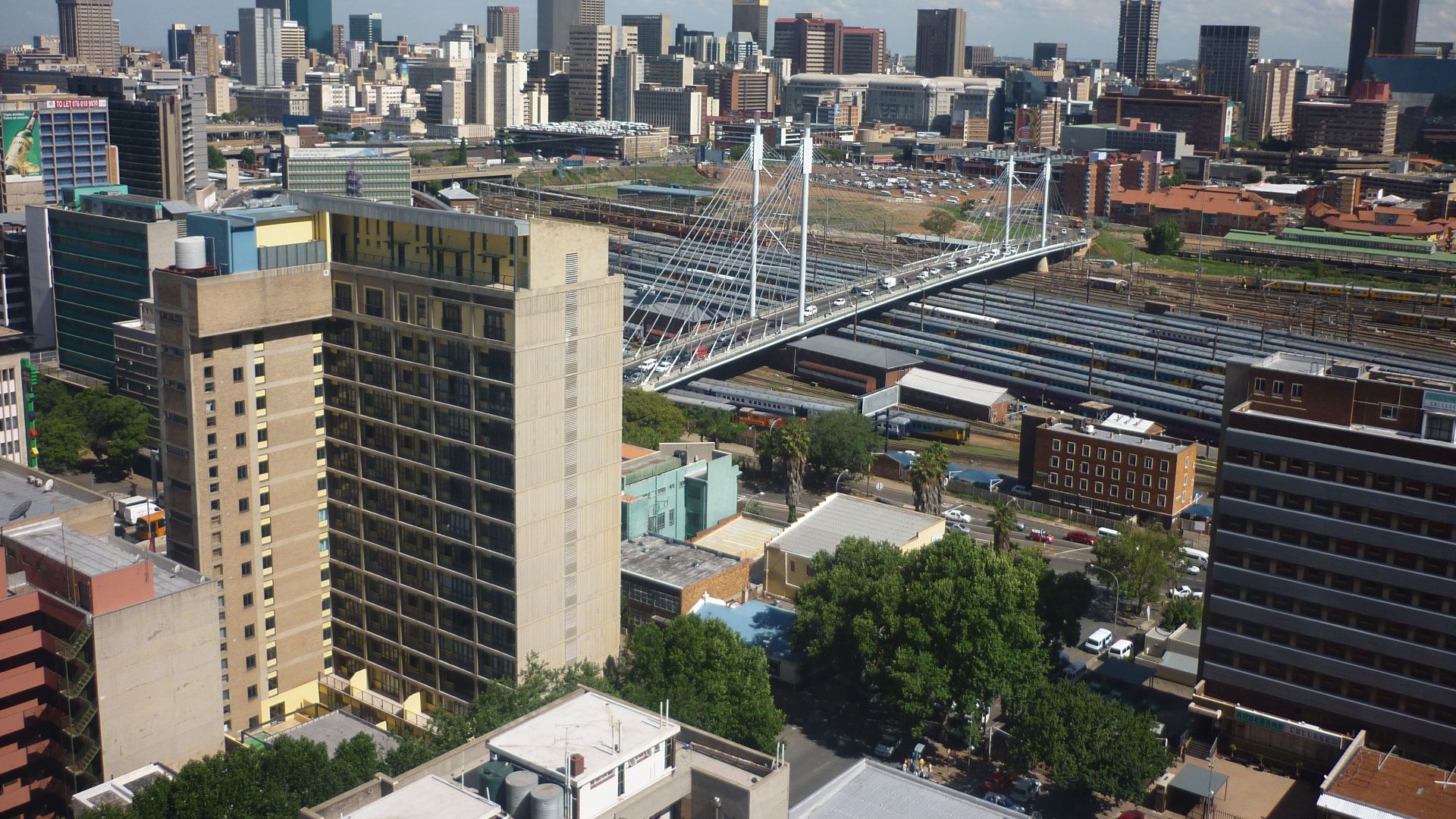10 Capital Cities That Make No Sense & 10 That Would Be Much Better
The Capital Chaos
Ever been to a country where the capital city feels like the sidekick instead of the star? You show up expecting grandeur, only to realize all the buzz, beauty, and bragging rights belong somewhere else entirely. Some capitals are official on paper but overshadowed in practice—meanwhile, another city’s doing all the heavy lifting. So, first, look at ten spots that leave you scratching your head.
1. Canberra, Australia
Forget beaches or opera houses—Canberra, with half a million residents, was built around a lake and a grid. The name means “meeting place” in Ngunnawal, fitting for a city that exists mostly to host politicians. However, it’s just a quiet retreat. That’s why locals joke it’s “a great place to visit your aunt.”
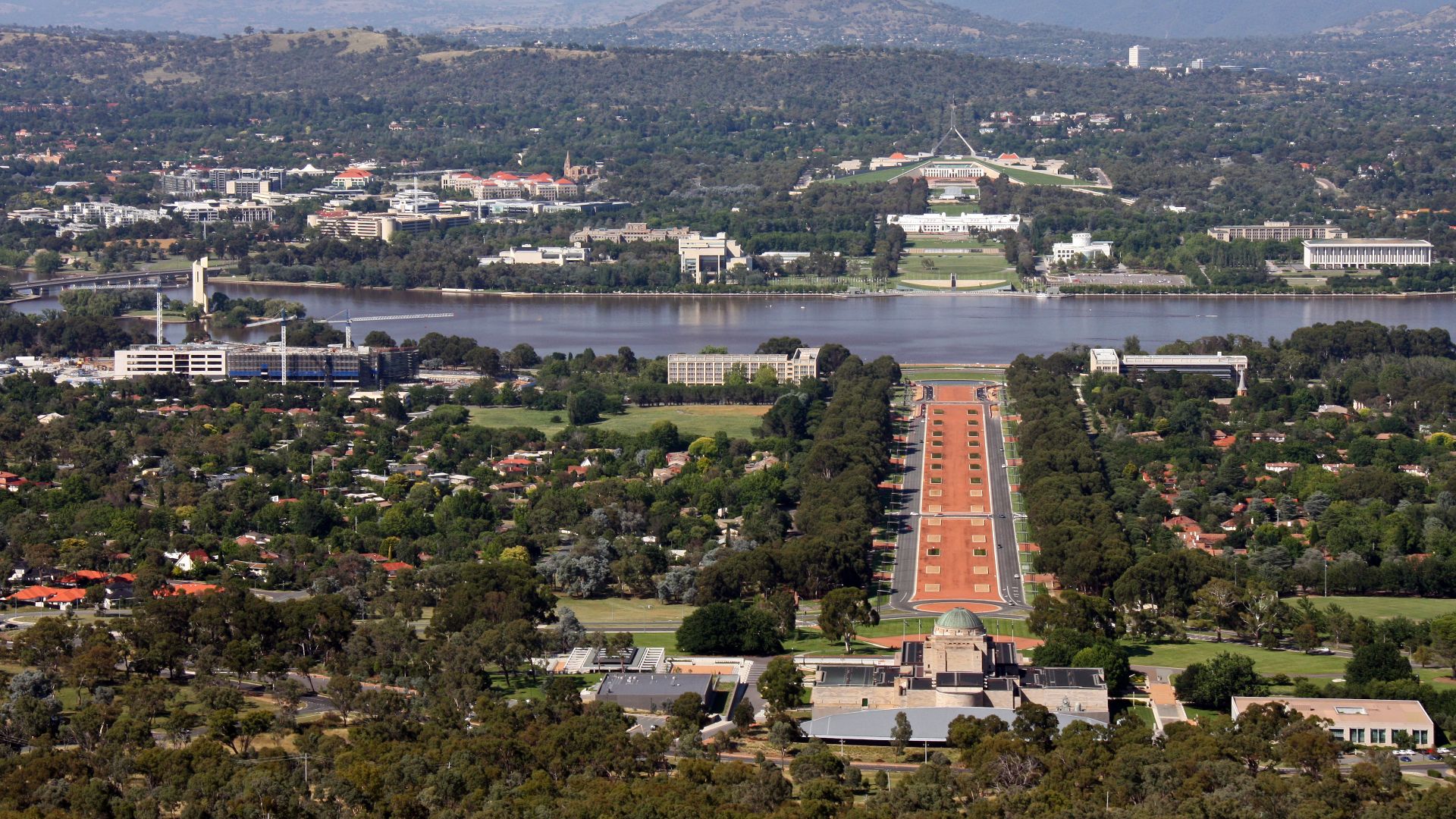 Tim J Keegan from Lake Macquarie, Australia on Wikimedia
Tim J Keegan from Lake Macquarie, Australia on Wikimedia
2. Ottawa, Canada
Where snow boots meet federal suits, Ottawa exists because 19th-century leaders feared attacks from the U.S. It’s scenic and civil, but energy-wise, it leans librarian. Tourists snap photos of Parliament Hill, then keep driving toward cities that actually live out loud.
3. Brasília, Brazil
Built rapidly between 1956 and 1960 and inaugurated in just over four years, Brasília screams ambition. Yet, it exists more as an architectural experiment than a living, breathing metropolis. Far removed from the coast and Brazil's cultural action, it feels like a model city missing its audience.
4. Washington, D.C., USA
Chosen by compromise in 1790, Washington offers political theater in marble buildings. Still, it ranks 20th among U.S. cities by population. For many Americans, it’s where laws are made—not where innovation, entertainment, or money actually flow. Hence, power resides here, but the spotlight rarely does.
5. Bern, Switzerland
Quaint doesn’t cut it in global influence. Bern charms with its medieval center and clock towers, but it moves at the speed of cuckoo clocks. It is barely loud enough to be heard over cowbells. Ask the economy where it lives—it’ll give you another name.
6. Wellington, New Zealand
Since 1865, Wellington has been the heart of New Zealand’s parliament. The winds howl, the hills rise high, and the government keeps moving forward. Located between rugged terrain and the sea, it’s a city full of character, but also tight on space and scope.
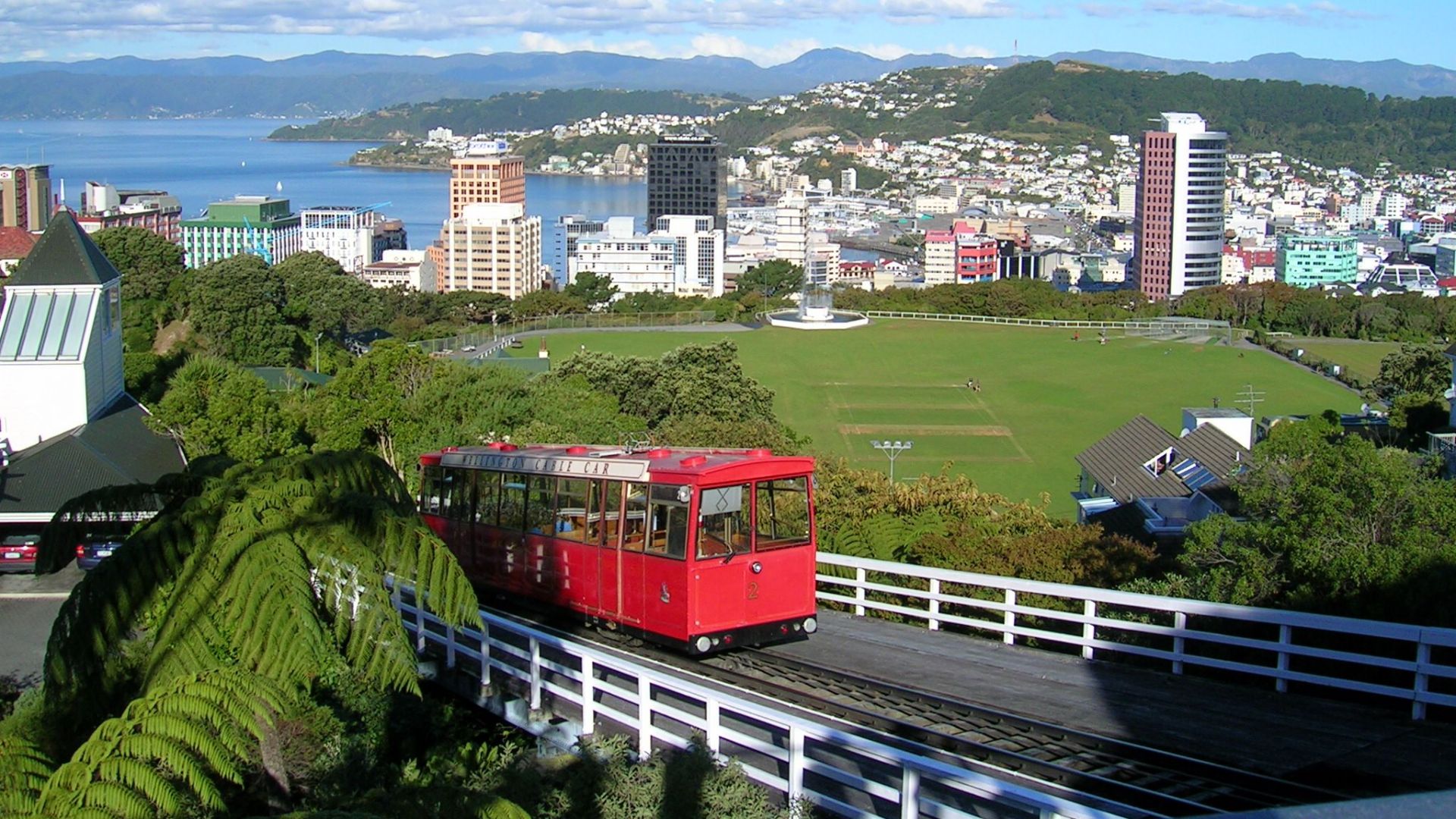 Brett Taylor from Wellington, New Zealand on Wikimedia
Brett Taylor from Wellington, New Zealand on Wikimedia
7. Islamabad, Pakistan
Think silence, symmetry, and soft lawns. Islamabad was chosen in the 1960s for its calm—perfect for diplomacy, less so for dynamic change. You’ll find embassies and bureaucrats here. However, if you’re looking for Pakistan’s pulse, you’ll need to check a different city.
8. Astana (Nur-Sultan), Kazakhstan
Renamed a few times—most recently back to Astana—it gleams with futuristic buildings and empty plazas. Built for symbolism, not synergy, it feels more like a polished showroom than a national nucleus. Flashy, yes. Functionally dominant? Not even close.
9. Naypyidaw, Myanmar
Naypyidaw resembles a government compound more than a living city. Its 20-lane roads stay eerily empty, and many ministries operate at half-speed. Tourists avoid it. Locals endure it. The capital title might be official, but the connection feels cold.
10. Pretoria, South Africa
South Africa divides its capital functions, and Pretoria handles the administrative load. But ask anyone where the country’s pulse beats—and you’ll get a different name. Pretoria brings governance and gardens. It’s a city of tree-lined avenues, embassies, and monuments to the nation’s history.
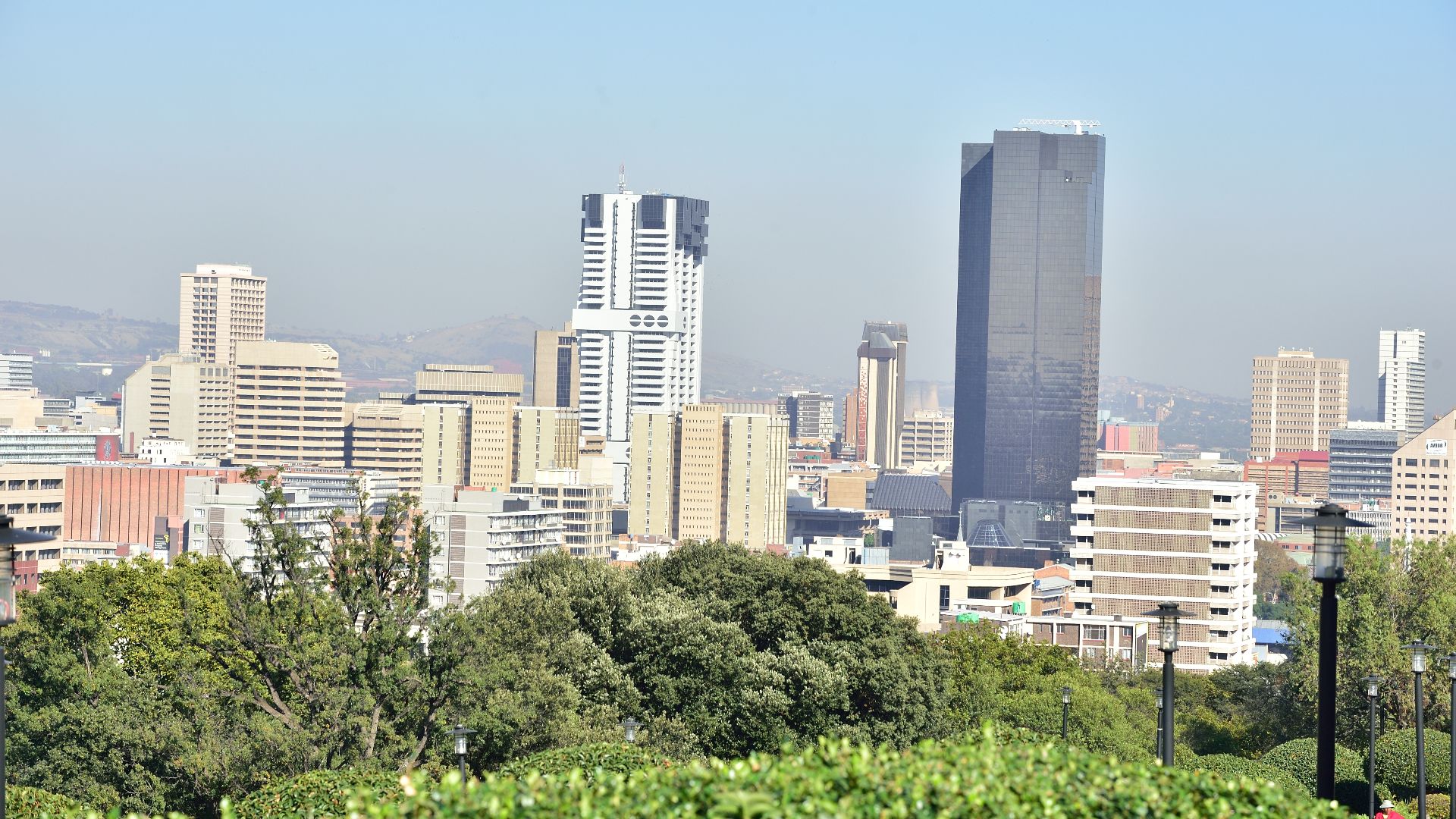 South African Tourism on Wikimedia
South African Tourism on Wikimedia
Now, let’s look at ten others that totally should’ve gotten the crown.
1. Sydney, Australia
Hosting over 5.3 million people, Sydney outshines Canberra across the board. Financial institutions, global tourism, and media giants call it home. Even the Sydney Opera House gets more international attention than the entire capital. If capitals were crowned by clout, Sydney wears it proudly.
2. Toronto, Canada
Over 6.2 million people live, work, and invest in Toronto. Canada’s stock exchange and tech startups all orbit this powerhouse. It's where deals are made, dreams are launched, and culture lives large. If influence chose the capital, Toronto wouldn’t just be suggested—it’d be expected.
3. Sao Paulo, Brazil
Sao Paulo never sleeps, and frankly, it doesn’t need to. As the largest city in the Southern Hemisphere, it handles everything from fashion weeks to fintech. If energy were currency, Sao Paulo would be a billionaire. Brasília can keep its monuments, and Sao Paulo is too busy building.
4. New York City, USA
Every dollar, deal, and dream seems to pass through New York. With the world's most powerful stock exchange, it's where global culture and commerce intersect. Henceforth, NYC sets the rhythm of real-life America. Undeniable. Unstoppable.
5. Zurich, Switzerland
Switzerland's largest city and richest region, Zurich, features global banks, world-class universities, and nonstop flights to everywhere. Multilingual talent flocks here—not in Bern—to build careers. It's where modern Switzerland flexes its muscles behind the scenes.
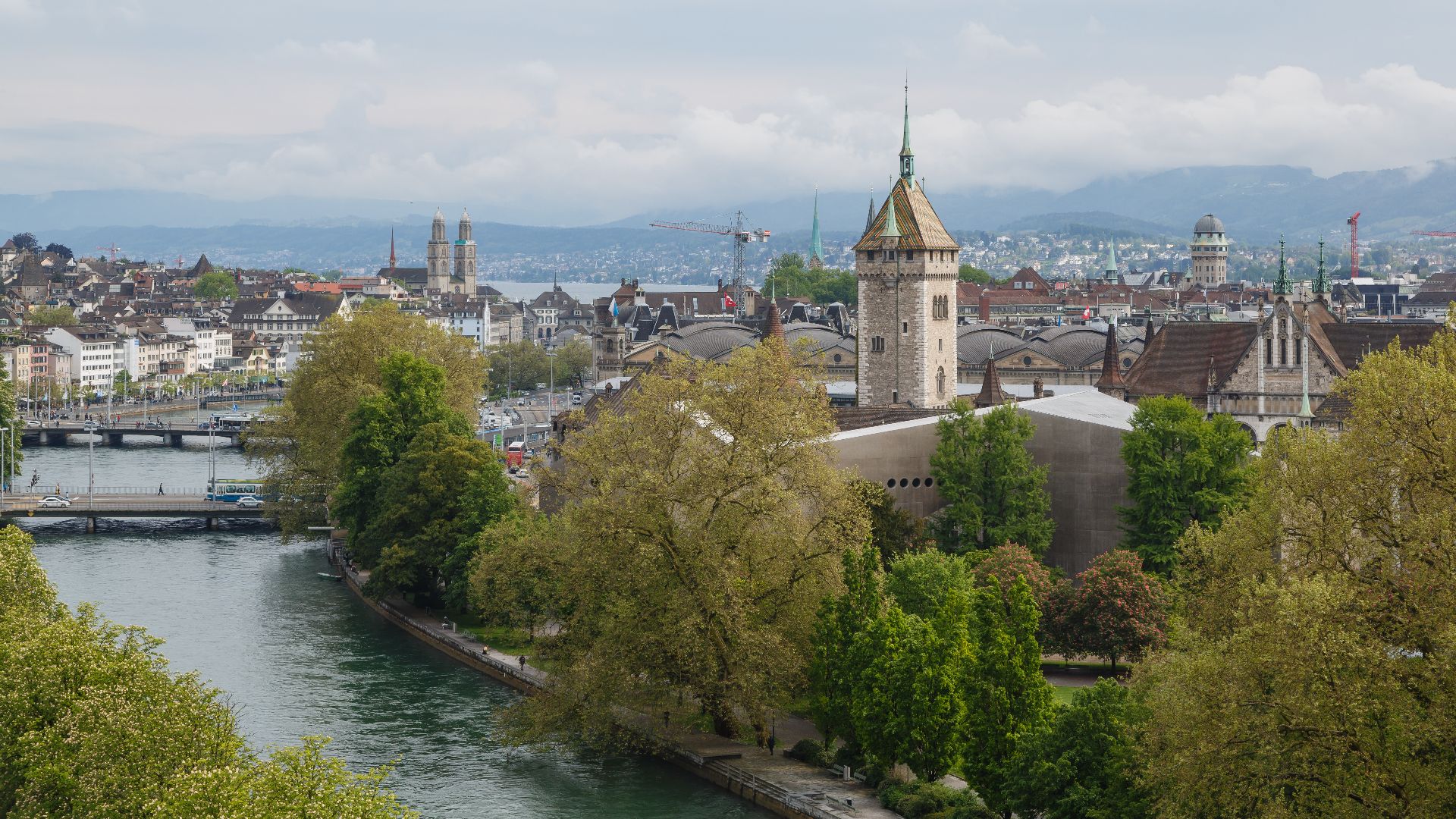 CEphoto, Uwe Aranas on Wikimedia
CEphoto, Uwe Aranas on Wikimedia
6. Auckland, New Zealand
Auckland leads the nation in almost everything. Over a third of all New Zealanders live in its metro zone. The city’s Pacific energy drives culture, cuisine, and commerce. If the capital had to match the country’s momentum, Auckland would take the crown.
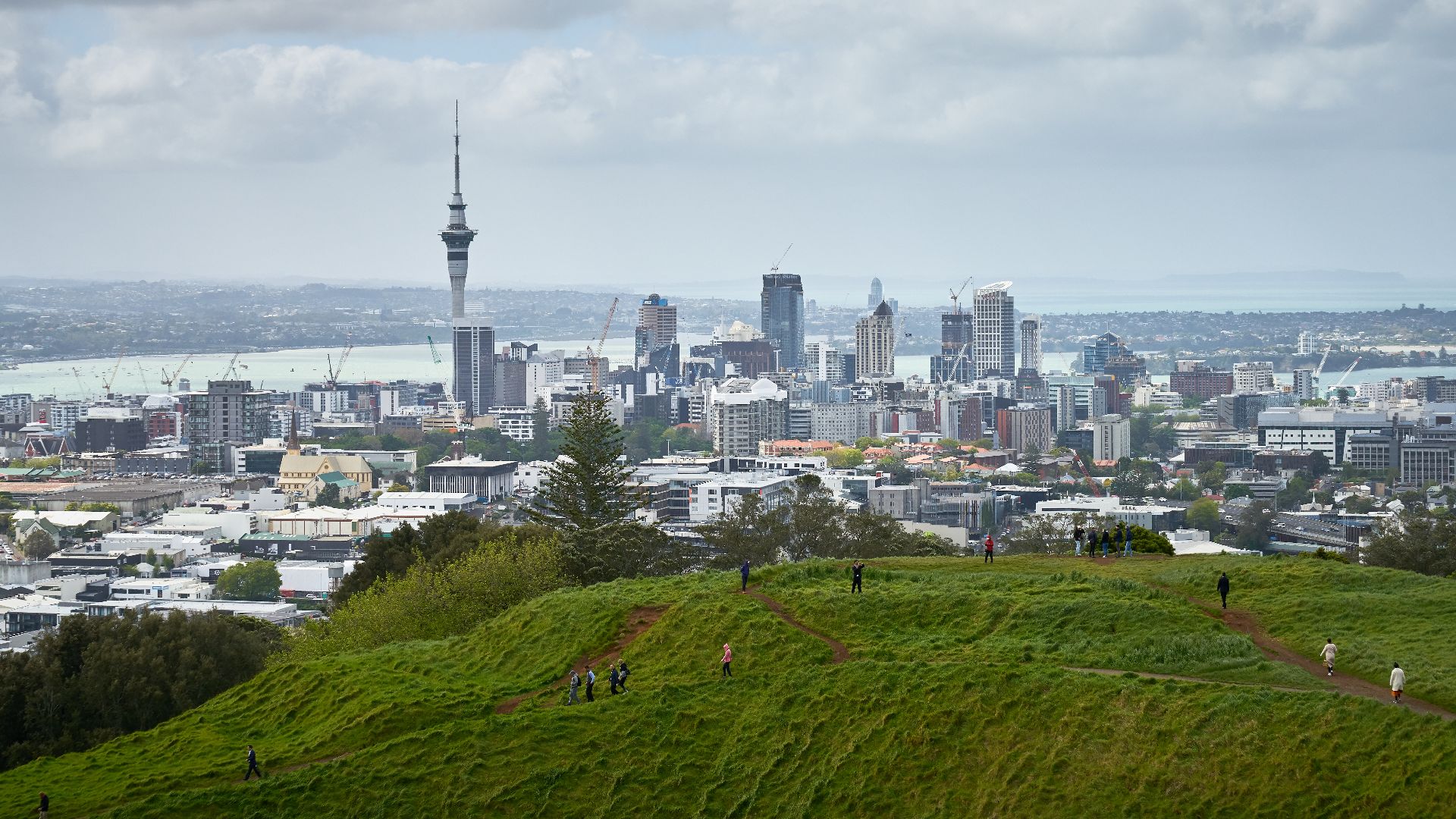 Pedro Szekely from Los Angeles, USA on Wikimedia
Pedro Szekely from Los Angeles, USA on Wikimedia
7. Karachi, Pakistan
Pakistan’s largest city throws everything at you—markets, music, and mega malls. Nearly 20 million people call it home. It’s the shipping hub, media powerhouse, and industrial epicenter. Hence, Islamabad might wear the badge, but Karachi carries the weight.
8. Almaty, Kazakhstan
Almaty mixes Soviet-era grit with snow-capped beauty. Once the capital, it remains the country’s cultural and commercial headquarters. Ski resorts, open-air bazaars, and underground art thrive here. While Astana poses for photos, Almaty dances and builds without waiting for approval.
9. Yangon, Myanmar
As Myanmar’s former capital and largest city, Yangon remains its emotional and economic anchor. Colonial architecture, chaotic charm, and port trade fuel its vibrancy. It’s where most people live, work, and protest. Power may have shifted—but presence stayed.
10. Johannesburg, South Africa
Nicknamed the "City of Gold," Johannesburg rose on mining fortunes and reinvented itself through media, finance, and art. It’s Africa’s richest city and South Africa’s true commercial giant. Whatever Pretoria signs into law, Johannesburg turns into reality—fast, loud, and unapologetically bold.



